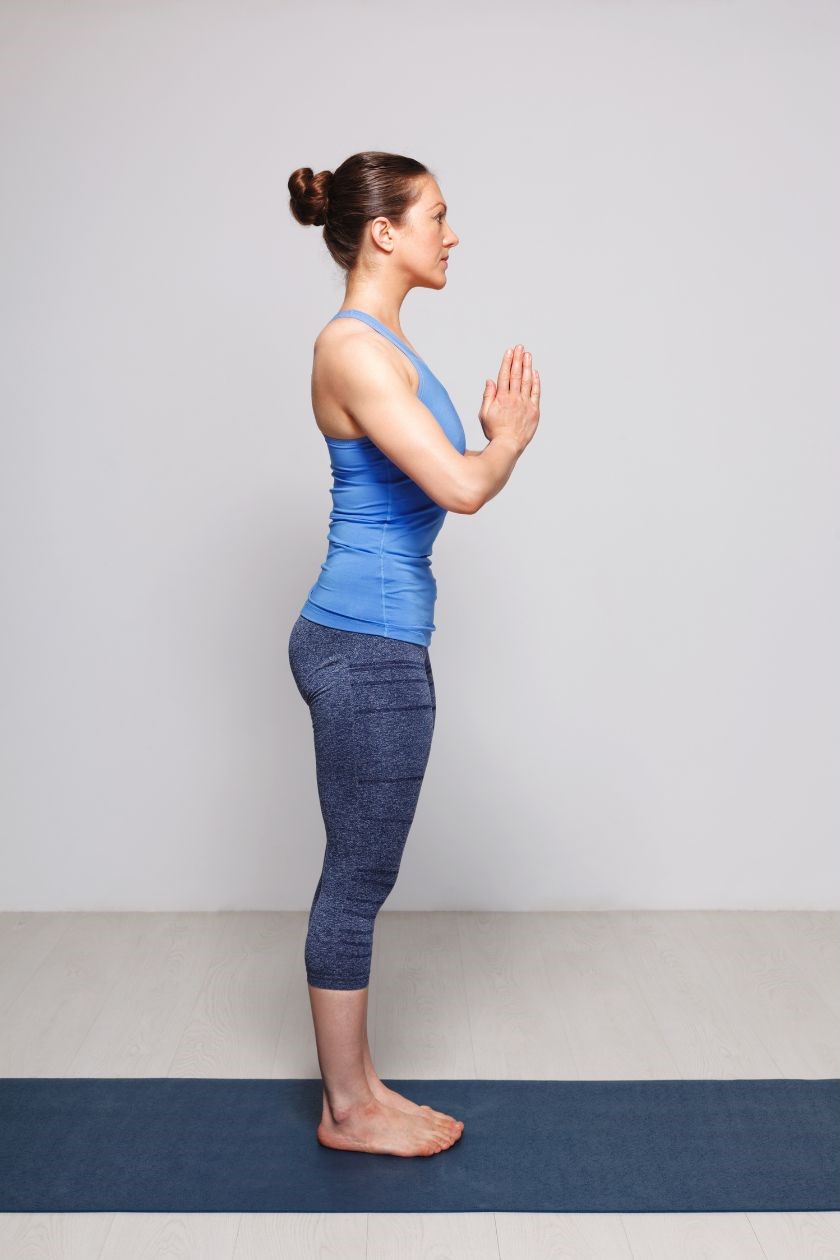Yoga Sequence: The Art Of Flowing With Awareness

A yoga sequence is a structured flow of poses designed to bring harmony between the body, breath, and mind. In yoga, sequencing plays a crucial role in guiding practitioners through a balanced journey of movement, alignment, and mindfulness. Each yoga sequence is carefully arranged to prepare the body gradually, awaken energy, and lead to a deeper sense of calm and awareness. Whether practiced in a gentle restorative form or a dynamic vinyasa flow, the goal of a yoga sequence is to create a complete experience that nourishes the practitioner physically, mentally, and spiritually.
A typical yoga sequence begins with grounding poses such as Sukhasana (Easy Pose) or Tadasana (Mountain Pose) to center awareness and connect with the breath. This mindful beginning allows practitioners to settle into the present moment. The sequence then progresses into warm-up movements to awaken the joints, increase circulation, and prepare the muscles for deeper stretches.
Next, the yoga sequence moves into standing postures like Warrior I (Virabhadrasana I), Triangle Pose (Trikonasana), and Chair Pose (Utkatasana), which build strength, stability, and focus. These poses engage major muscle groups, improve balance, and enhance flexibility. Flowing transitions between the poses — often synchronized with breathing — create a meditative rhythm known as vinyasa.
As the sequence deepens, it may include forward folds, backbends, and twists. Forward folds calm the nervous system and lengthen the spine, while backbends open the heart and energize the body. Twisting postures in a yoga sequence help detoxify the organs, stimulate digestion, and maintain spinal mobility. Inversions, such as Downward-Facing Dog (Adho Mukha Svanasana) or Shoulder Stand (Sarvangasana), are often added to enhance blood circulation and bring a sense of rejuvenation.
Toward the end of a yoga sequence, cooling and restorative poses are introduced to bring the body back into balance. Gentle stretches like Seated Forward Bend (Paschimottanasana) and Supine Twist help relax the muscles and slow the breath. The sequence typically concludes with Savasana (Corpse Pose), a final relaxation posture where the practitioner lies still and absorbs the benefits of the entire practice.
A well-designed yoga sequence provides numerous benefits. Physically, it enhances flexibility, strength, posture, and endurance. Mentally, it helps reduce stress, increase concentration, and foster mindfulness. Energetically, it balances the flow of prana (life force energy) through the chakras, restoring inner harmony. When practiced regularly, a yoga sequence becomes a moving meditation that unites the body and mind through the power of breath.
The beauty of creating or following a yoga sequence lies in its adaptability. It can be tailored for beginners or advanced practitioners, focused on relaxation or vitality, and customized for morning energizing routines or evening unwinding sessions. Whether practiced in a studio or at home, each sequence offers a transformative journey that nurtures holistic well-being.
In essence, a yoga sequence is more than a collection of poses — it is an artful flow that connects movement with intention, awareness with breath, and the self with universal energy. Practicing yoga in a sequenced, mindful way opens the door to inner peace, strength, and spiritual awakening.